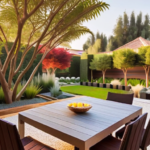Native to Mozambique and South Africa jade plants are hugely popular houseplants seen all over the world.

Also known as Crassula Ovata, money tree, or money plant, its popularity first grew thanks to the little care it needs to survive in most indoor conditions.
Though jade plants are popular houseplants, most people don’t realize just how many different types of jade plants are out there. Jade plants vary massively in shape, size, and color.
Known for their thick branches and green color, some jade plants have red flowers, whilst others are orange and pink in color. With so many different varieties of jade plant on offer, it seems only right you know exactly what’s out there.
To help you broaden your knowledge of the wide range of Jade plants you have to choose from, we have put together a list of the most popular jade plants that you could grow right now. We will take a look at their characteristics and what they can bring to your home.
If you’re interested in learning more, or want to grow a jade plant, you’re in the best place, so let’s dive into the article!
1. Hummel’s Sunset Crassula
We’ll start our list with one of our favorite types of jade plant. The vibrant Hummel jade plant is famous for its incredibly colorful foliage, and its unique bonsai-like trunk. It has become an increasingly popular houseplant after winning the Garden Merit award.
When winter comes the foliage on this plant changes from a lush green color, to gold and red. Personally, we feel that this plant makes a great centerpiece.
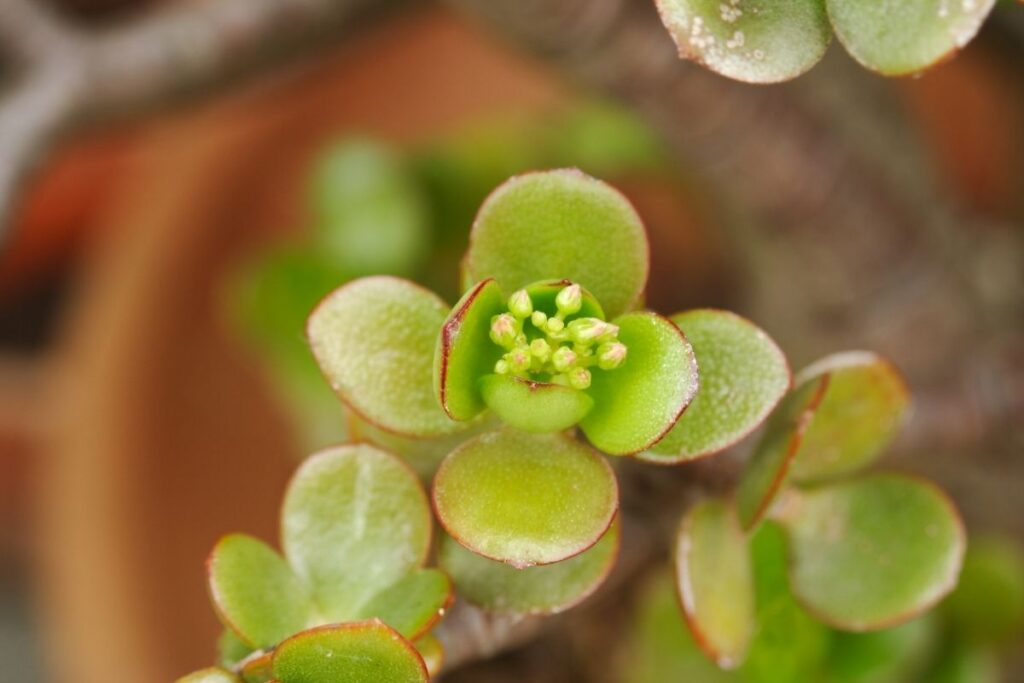
2. Crassula Arborescens
You may know this jade plant by the name Blue Buddha Bush or Silver Dollar Jade. This Jade plant is easily recognizable thanks to its silvery-blue foliage and succulent shrub. The edges of the plant’s leaves have a subtle hint of burgundy, adding to the unique appearance and its overall beauty.
If cared for correctly you can expect tiny clusters of pointy star-like flowers to emerge from the plant in winter and autumn.
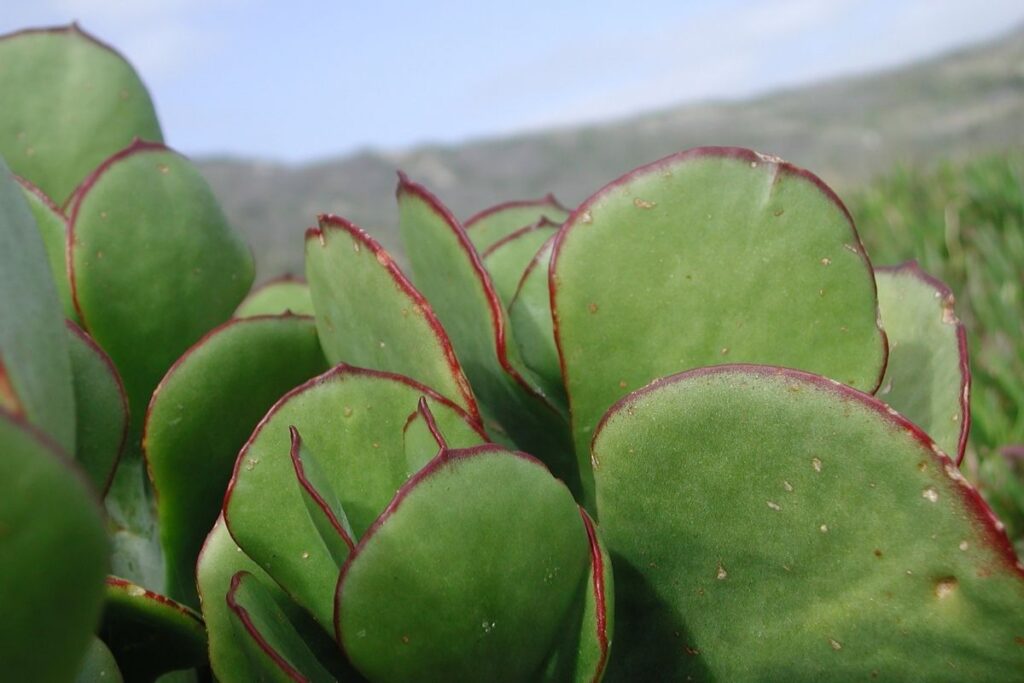
3. Crassula Arborescens Undulatifolia
This species of jade plant was first observed in 1974. It was introduced to the market not long after. Preferred for its decorative appeal, the waxy leaves on the plant stand out from the crowd.
A deep dark green color, this jade plant conveniently has foliage all year round, providing your home with natural color all year.
Also known as the ripple jade plant, the undulatifolia shrub can grow to 4 feet tall. In late spring and early summer, delicate white star-shaped flowers emerge through the leaves.
RELATED: Nature is Sweet As! 10 Different Types Of New Zealand Trees

4. Baby’s Necklace
Growing up to 12 inches tall the next jade plant on our list has a one-of-a-kind appearance. This hardy, ornamental plant has relatively small, round fleshy leaves that are tightly stacked and multicolored. It is this tall stack of leaves that give this jade plant its name.
When fully grown the gray, green, and reddish stack of leaves resemble a beaded necklace. Though some say this necklace isn’t that attractive, others love how unique and colorful it is.
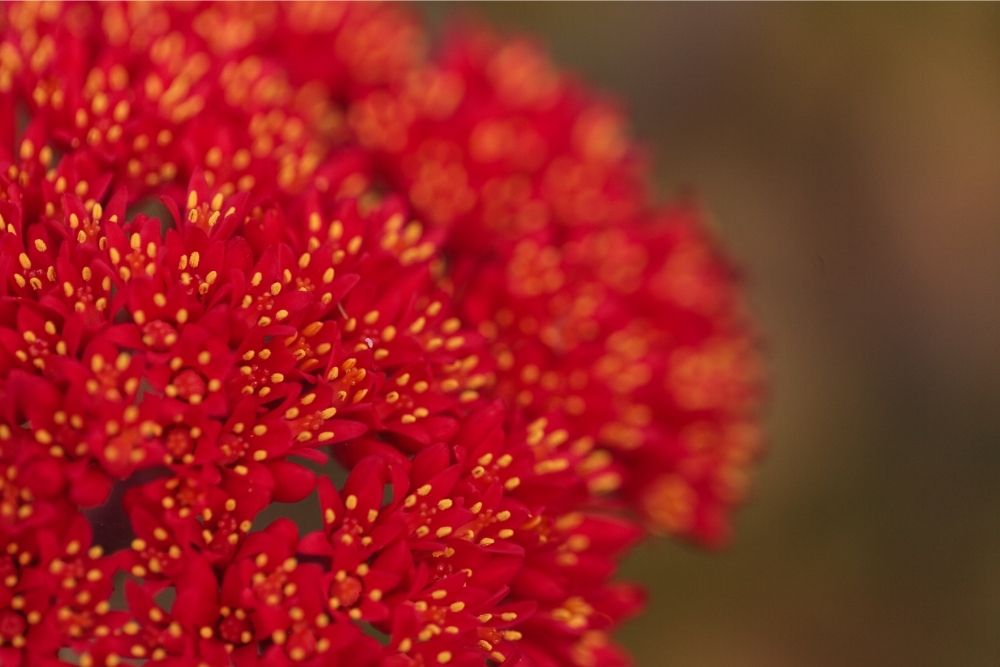
5. Propeller Plant
Known for its beautiful red blooms and flat succulent leaves, this plant is native to South Africa. Fairly big in size, the airplane or propeller-shaped leaves radiate outwards, in pairs. Reaching up to 2 feet tall and 3 feet wide, this jade plant is usually planted outside, in a flower bed or ornamental vase.
The flowers on this lush plant are bright pink or red in color. They are only tiny, with even smaller petals. They normally bloom in large clusters above the plant’s leaves.
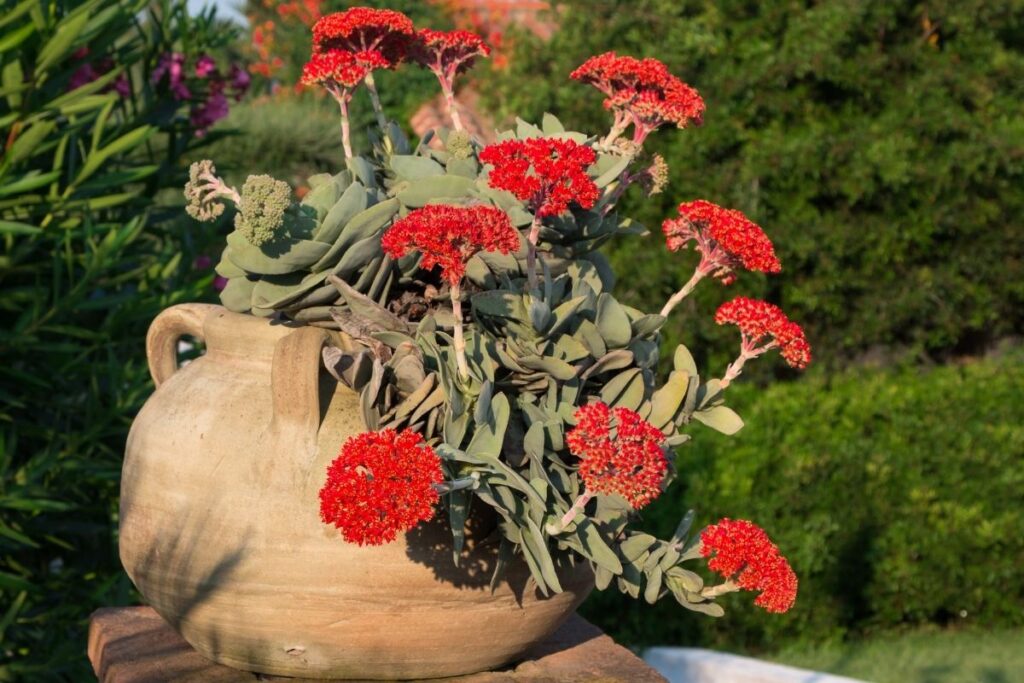
6. Crassula Argentea Gollum
With a name like Gollum, you may think this jade plant doesn’t look that great. However, it actually looks the complete opposite of what you would expect. Also known as ladyfingers, the Gollum jade plant has cylindrical, finger-like bright green glossy leaves.
Each leaf has a red tip that contrasts beautifully with the rest of the plant. During the winter and autumn months pinkish, white flowers emerge.
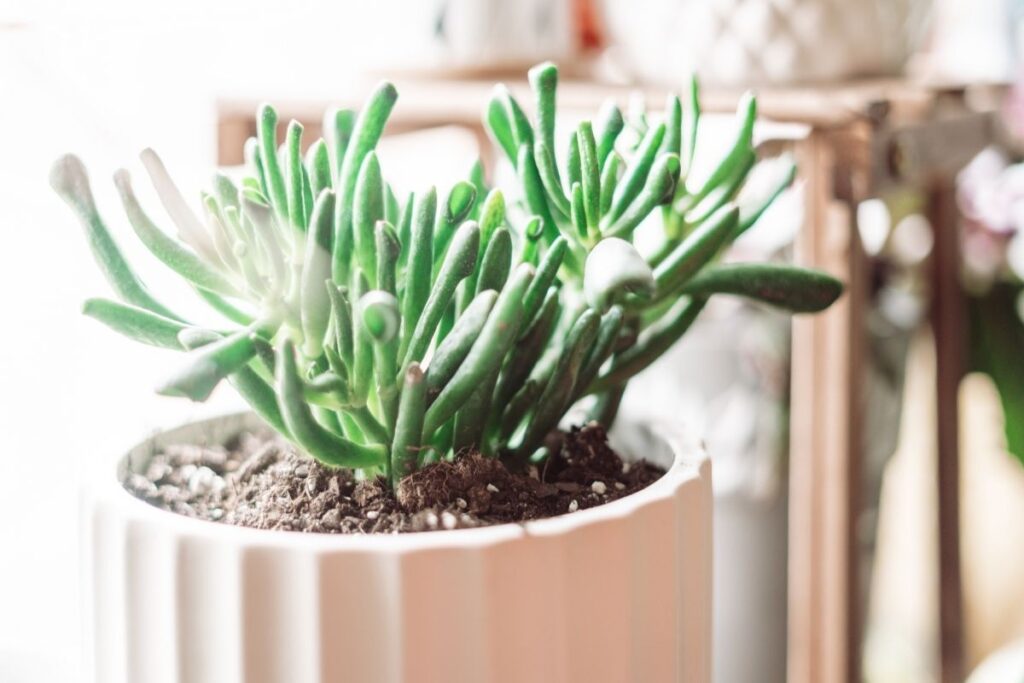
7. Crassula Ovata
Crassula Ovata is by far the most common type of jade plant. Commonly referred to as the money tree, Lucky Jade, or friendship plant it was also the first jade plant to be discovered.
The most popular jade plant on the market today, it is a hardy, fast-growing plant that produces elegant white and pink flowers at its tips. The leaves on the plant have a waxy texture, are green in color, and can only be described as having the appearance of a darker-colored green bean.
Quite impressively growing up to 6 feet tall you will need a lot of space for this jade plant.
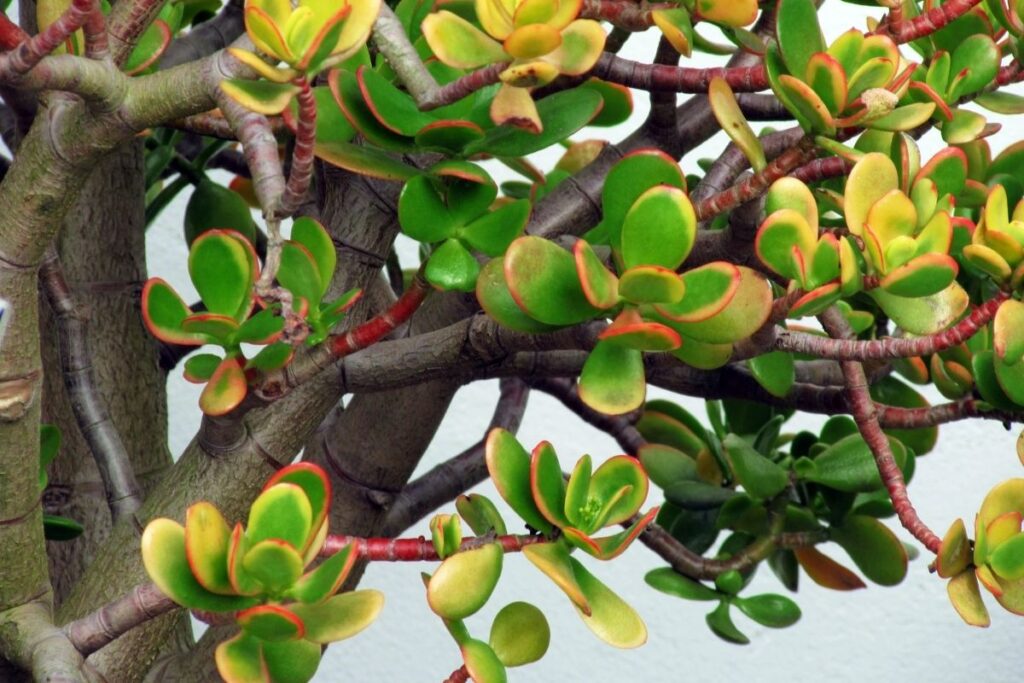
8. Crassula Ovata Harbor Lights
The harbor lights type of jade plant is immediately recognizable as a result of its characteristic, strong red color, and thick branches. Its distinct color has made it a massively popular houseplant and the perfect statement plant.
Like most jade plants, in the winter months pinkish, white flowers bloom at the tips of the foliage. Adding vibrancy to the home, this variety of jade plant also looks fantastic in a rock garden.

9. Hobbit Jade Plant
The next jade plant on our list is actually a dwarf variety, commonly known as the ‘Bonsai Jade Tree’. If you like a succulent with a strange look, you should definitely grow this plant. Not only is it easy to grow, but its size is also determined by the size of the containers it is placed in.
This helps you contain and control the plant, in turn making it a lot easier to prevent it from taking up too much space in your home. Growing well on its own or with other succulents, the hobbit jade plant has trumpet-shaped, shrubby foliage, and delicate bunches of pinkish-white flowers.
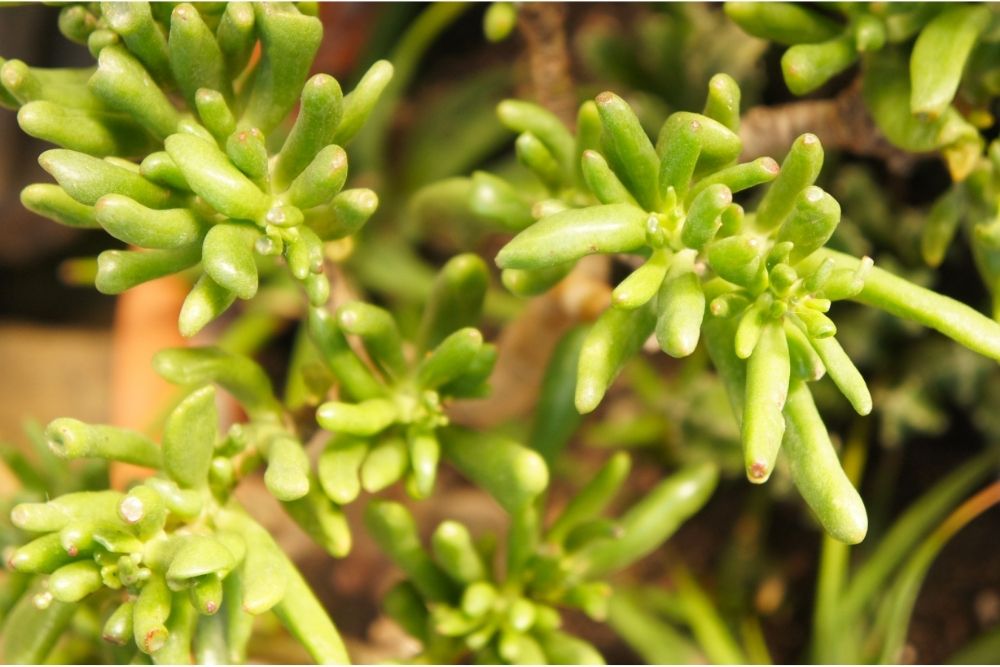
10. Miniature Pine Tree
Just as its name suggests, this jade plant looks just like a small pine tree. This low-maintenance variety of jade plant boasts completely unique needle-like leaves that are super rich in apple-green stems, which have the appearance of a pine tree trunk.
Interestingly the plant can actually be grown as a bonsai. Once matured the miniature pine tree tends to grow like a normal tree. The stem gets thicker and harder, and starts to darken in color. Luckily the plant only grows to 5 feet so you could still keep it in the house.
RELATED: The Hosta With the Mosta: 9 Different Types Of Hostas
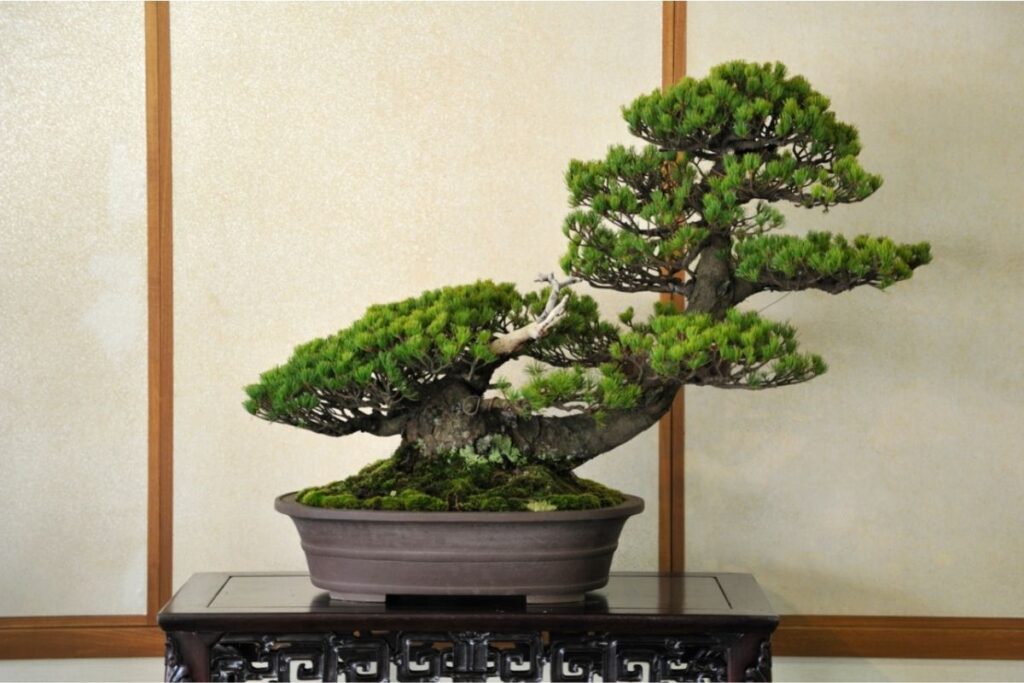
11. Crassula Ovata Minima
Typically, this variety of jade plant doesn’t grow any taller than 23 inches, making it a great option for a dinner table centerpiece. The minima jade plant is of the dwarf variety. It has gorgeous glossy, round, plump leaves that many liken to coins.
This is why most people also refer to the plant as “The Money Plant”. Funnily enough, people occasionally plant coins with the plant as it is meant to bring extra luck. Above the greeny red foliage sits showy bunches of white and pink flowers.
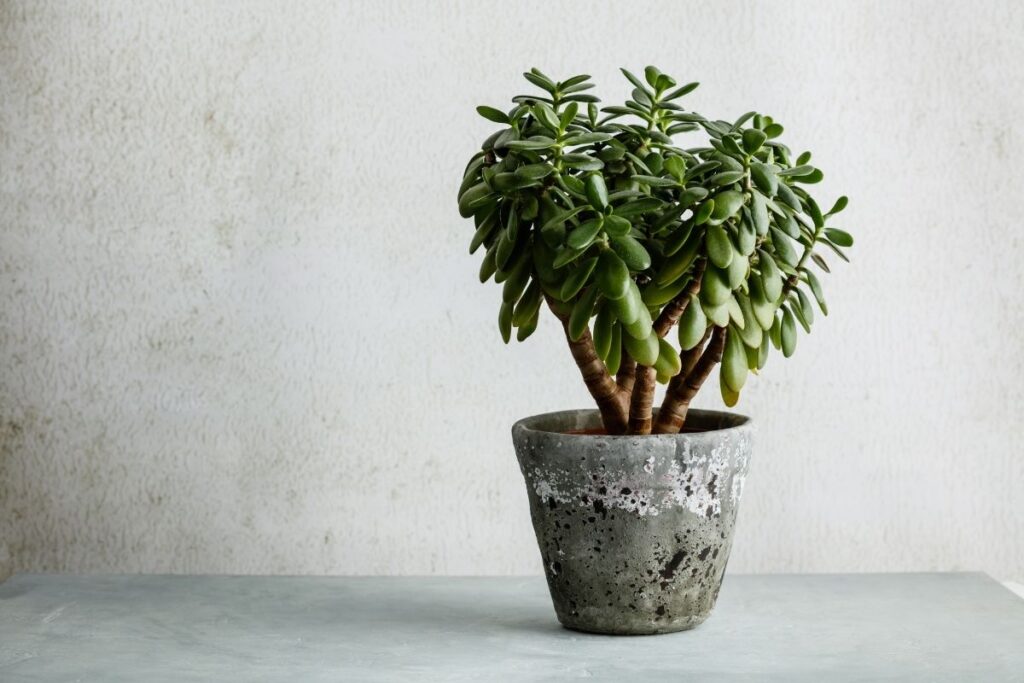
12. Yellow Rainbow Bush
When it comes to a sprawling groundcover, this jade plant will do the job. Despite being a slow-growing plant, this evergreen succulent can cover your flower bed with its stunning reddish, brown stems and bright yellow and green, rounded leaves.
The color of the leaves on the rainbow bush varies depending on the time of year, water and fertilizer. Looking incredible when trailing from a hanging basket, this jade plant produces tiny clove-sized, yellow flowers that each have two or three petals.
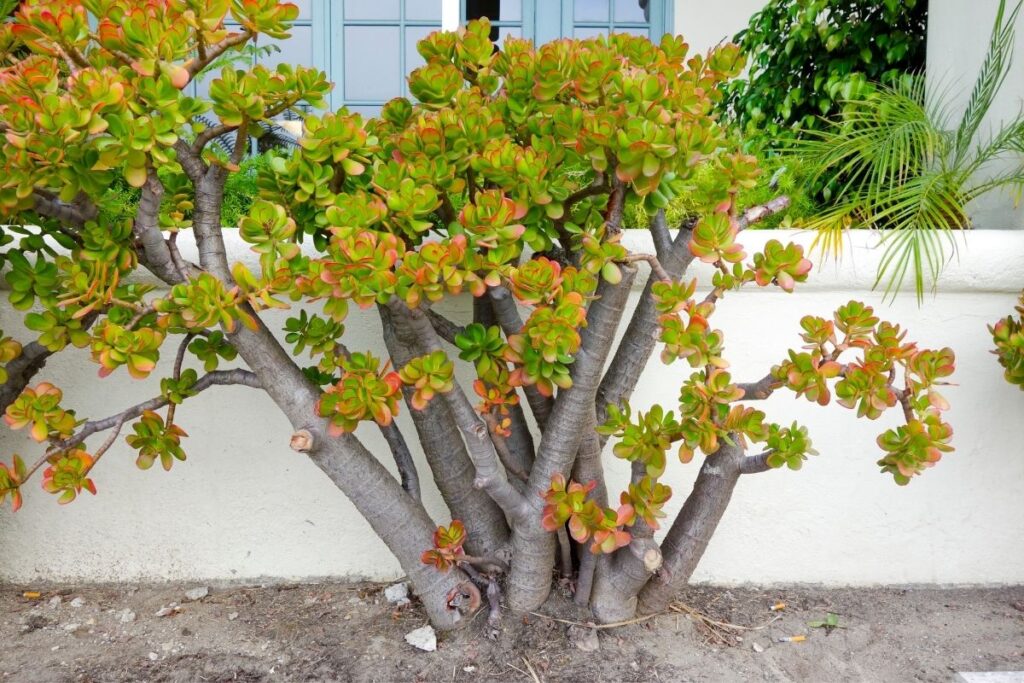
13. Crassula Ovata Pink
This pink variety of Crassula Ovata gets its name from its bushy exterior and a vast number of pink flowers that bloom once a year. The quite elegant-looking plant has foliage that turns red in color throughout the year, particularly when conditions are dry.
Over a period of approximately 5 years, the plant will grow to over 3 feet tall. You can expect the pretty pink, star-shaped flowers to emerge in early winter through to late autumn.
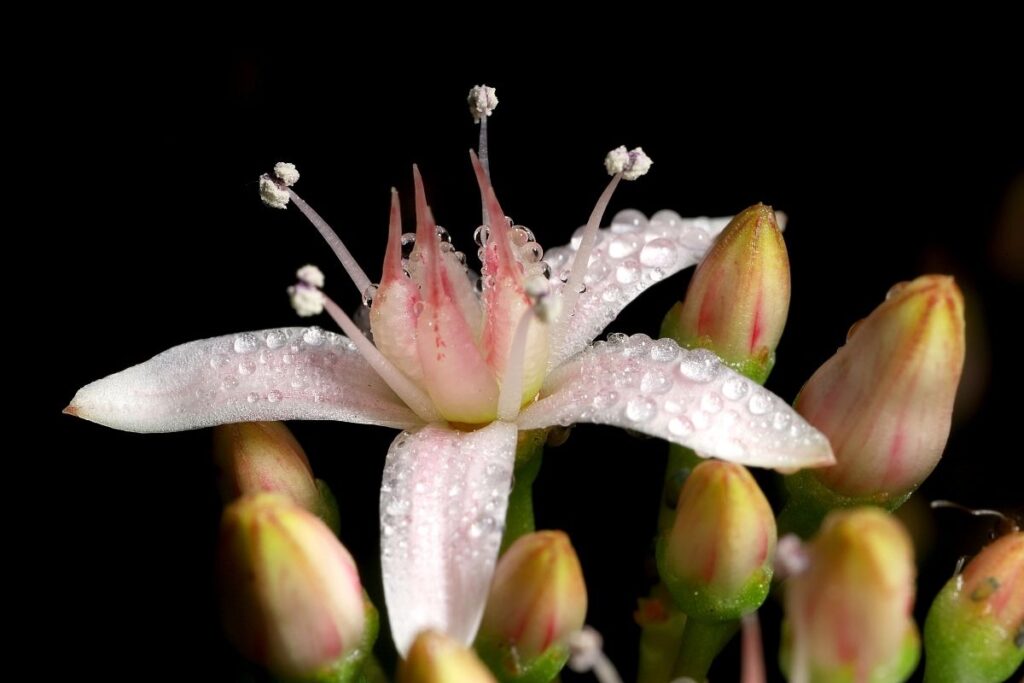
14. Portulacaria Afra
This type of jade plant is more commonly known as the Pork Bush or Chinese Jade Plant. It is a decorative succulent that’s features make it a popular houseplant. Having said that, due to its size it is usually kept outside.
Growing up to 6 feet tall you can control the height of this plant with regular trimming. Sadly this jade plant doesn’t bear any flowers. It does however make up for this with its beautiful lime green, waxy leaves, and thick brown branches.
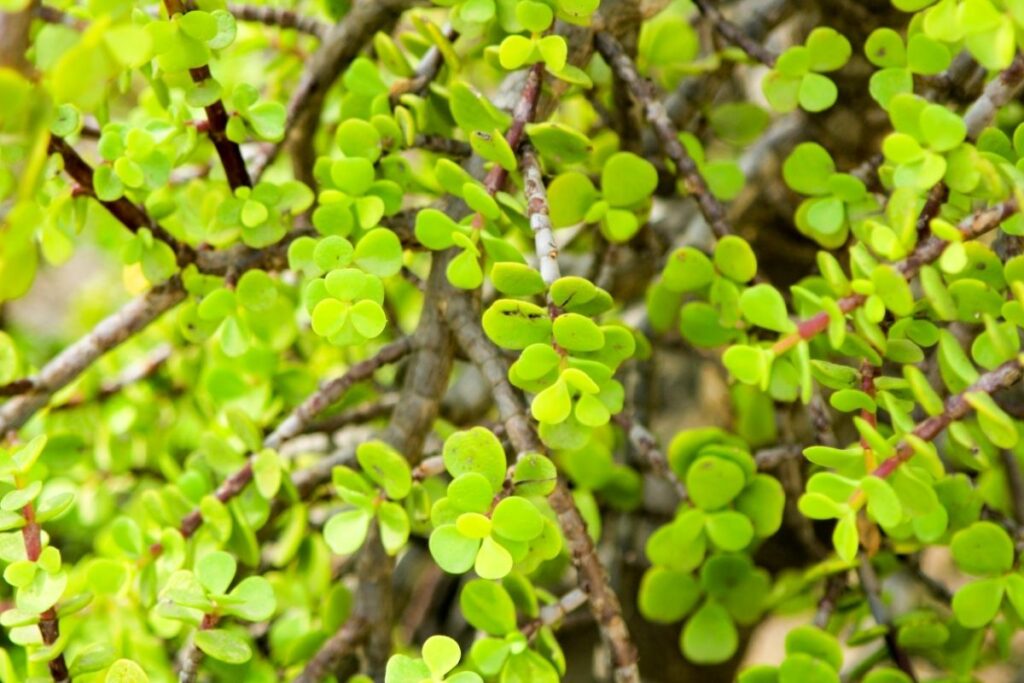
15. Portulacaria Afra Cascade
The Cascade plant or as many people call it, the Low Elephant Bush is a round fleshy jade plant that closely resembles the traditional bonsai tree. The cascading ground cover has round fleshy leaves that grow along short dark mahogany-like stems.
The plant can reach 3 feet tall, but most enjoy keeping the plant at a smaller size to create a miniature tree. It is the perfect houseplant because it is easy to maintain and looks incredible.
Personally, we think this plant will make a great ornamental plant anywhere in the house, whether it be in the kitchen or on a bedside cabinet.
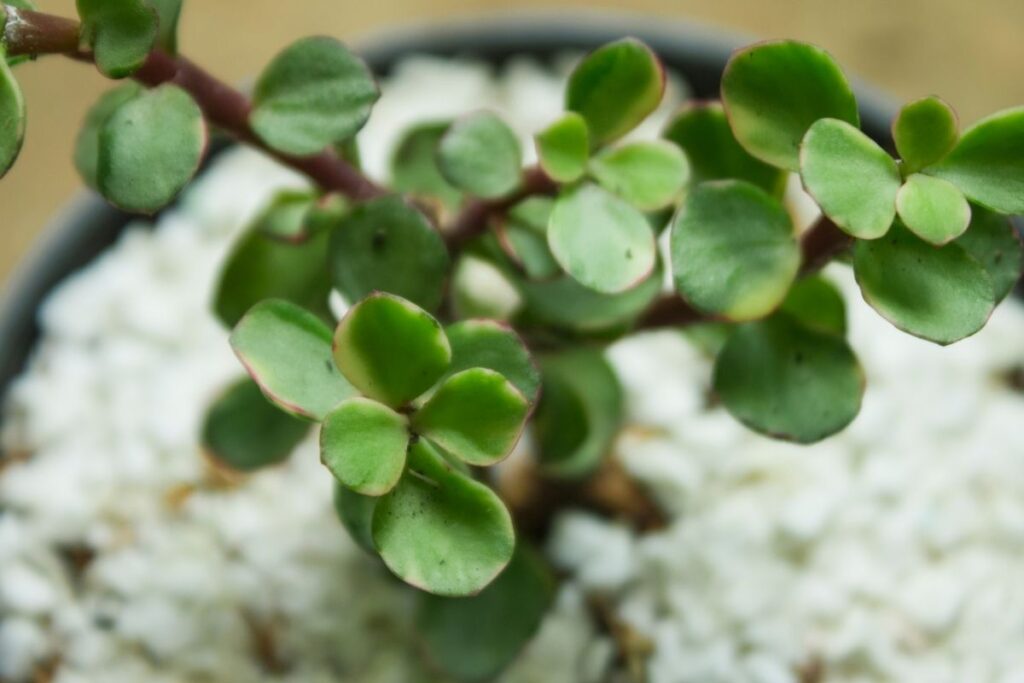
In Conclusion
Hopefully, our list of jade plants has given you a good idea of what’s out there. As you can see from this list, there are a vast amount of different types of jade trees available, varying in shape, size, color, and style.
Some are more unique than others, but generally, each type of jade plant has its own features that set it apart from the others.
Jade plants add a plethora of color to our homes or a flower bed, as well as uniqueness and intrigue, but the real beauty of this versatile plant is how easy they are to grow.
Due to not needing much water to survive, and much space to grow, we can easily add a burst of color to our home, even if we don’t like gardening. In fact, growing a jade plant is so easy you really don’t have any excuse.
Now you’ve got our list at your disposal, find a jade plant you love. Once you’ve found one, why not do some further research to find out how to grow it in your home. In no time you’ll be your very own jade plant expert.
Editor’s Recommendations
22 Different Types Of Thistle Plants (Including Photos)






